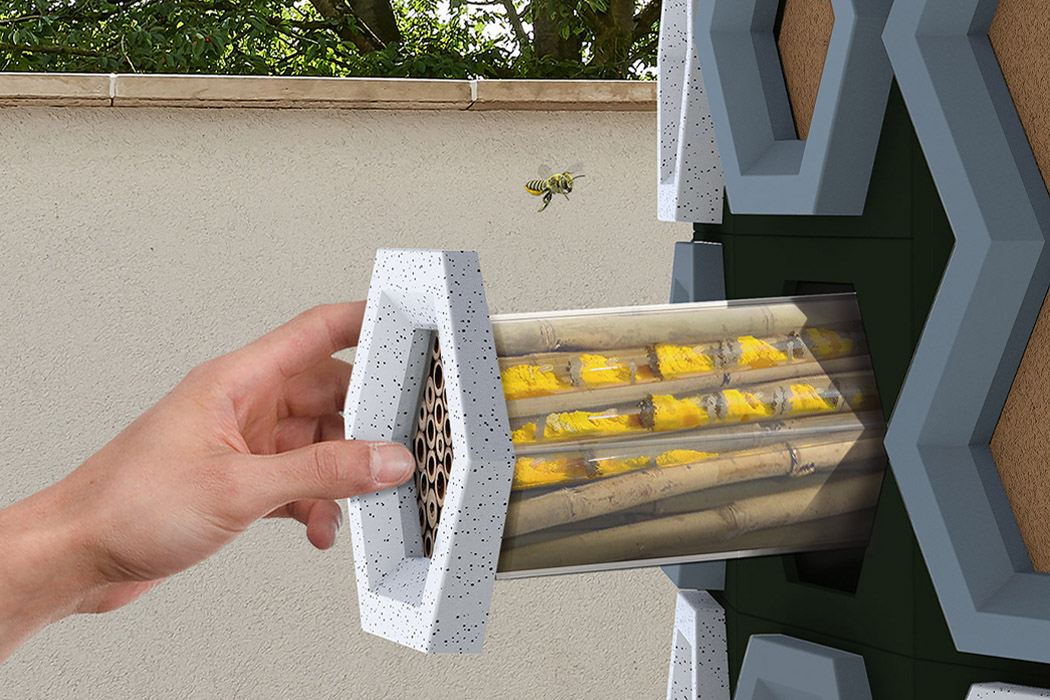
The COVID-19 pandemic brought a whole lot of changes to our world, our lifestyle, and us. People are now consciously veering towards an environment-friendly way of living, adopting sustainability, and proactively engaging in practices that nurture our Mother Earth. In an attempt to support such initiatives, designers are coming up with innovative sustainable designs. So, we’ve curated ten of these designs that we think are the best of the lot! These designs range from a modular habitat system for bees to a device that helps you grown your own meat! These Top Ten product designs have been specially handpicked by us, as each one of them tackles a unique problem, providing inventive solutions, and encouraging us to lead a greener and cleaner life. They make sustainability easily accessible and achievable for us all!
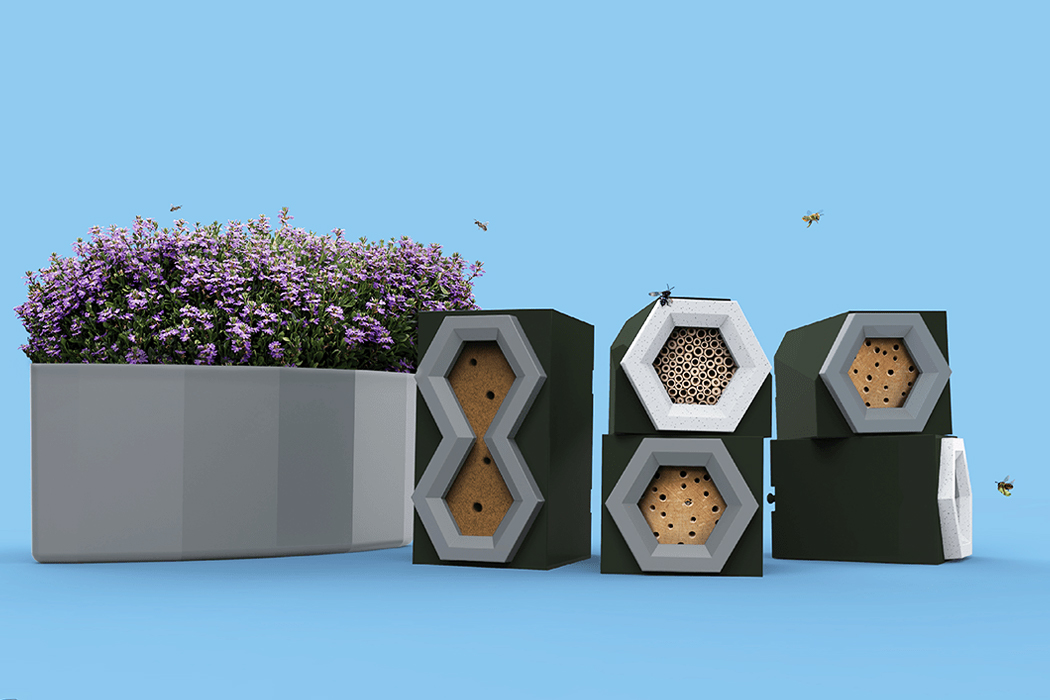
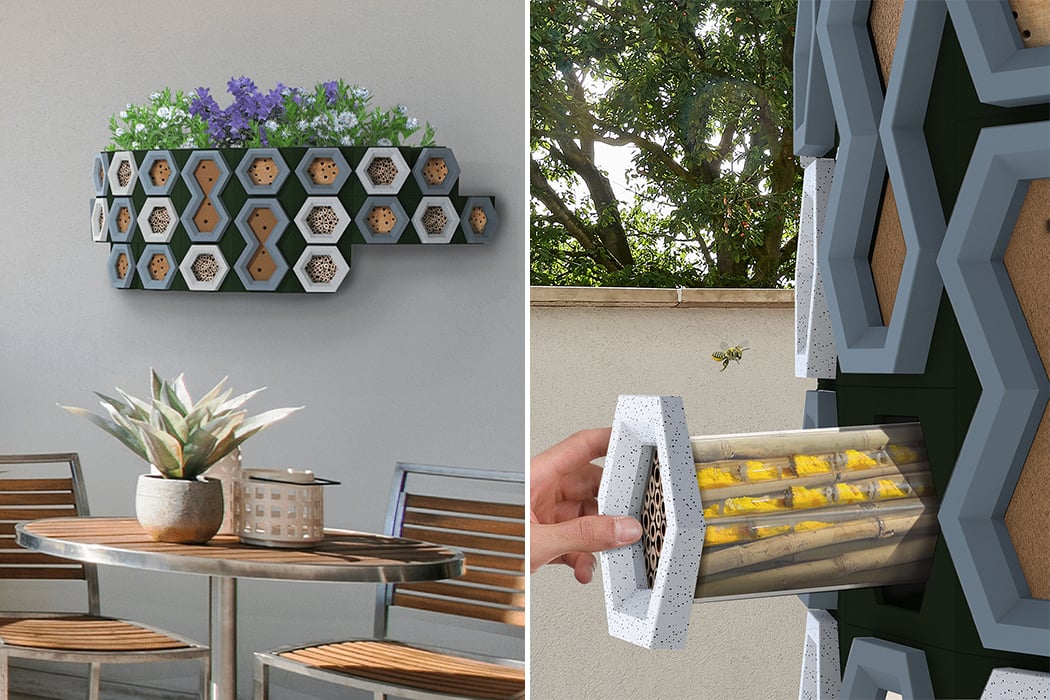
This modular habitat system was designed to save the bees – it is their Good Place neighborhood! Bees contribute to complex, interconnected ecosystems that allow a diverse number of different species to co-exist. However, the majority of the 20,000 species of bees in the world face the threat of extinction. Amelia Henderson-Pitman designed Pollen which a modular system that provides a range of nesting materials to support the native bee populations and mitigate the problem. It can be installed in any location and has also been optimized for small spaces – the modular system can be integrated anywhere from inner-city gardens to exterior building structures. Each nest module contains materials like recycled hardwood, sustainable bamboo, or handmade mud brick. They have a series of holes that vary in diameter to provide nesting spots. The shell of the modules is an injection tube crafted from recycled HDPE and has been designed to be easily assembled as well as mounted without fixtures. The internal modules (molded from recycled PET) are transparent because it offers us a closer look at how the bees are adapting.
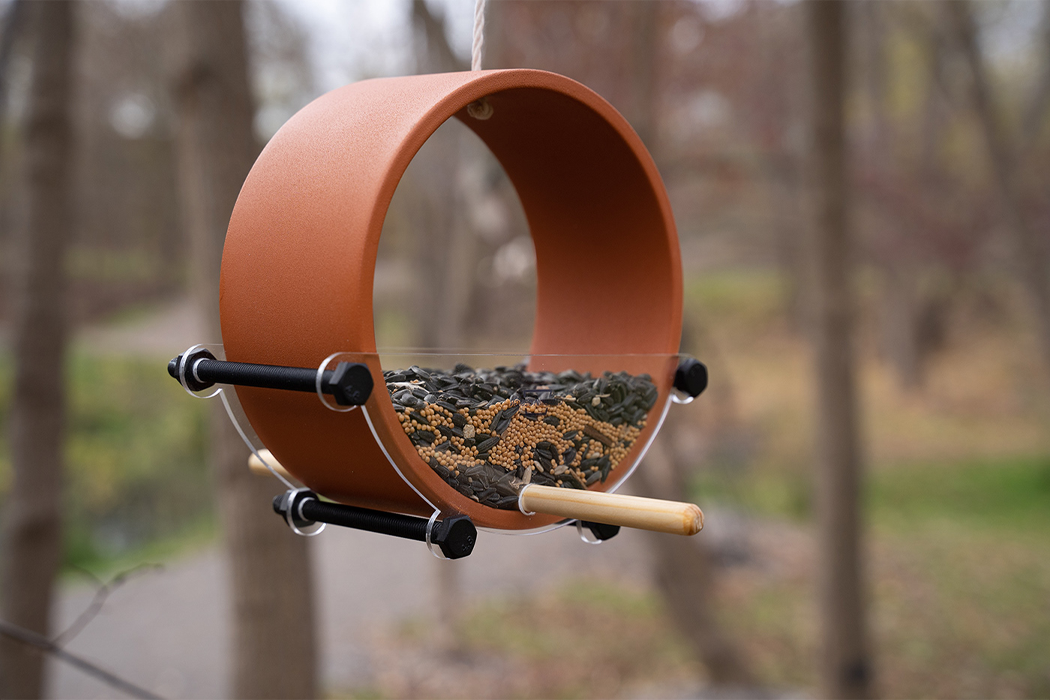
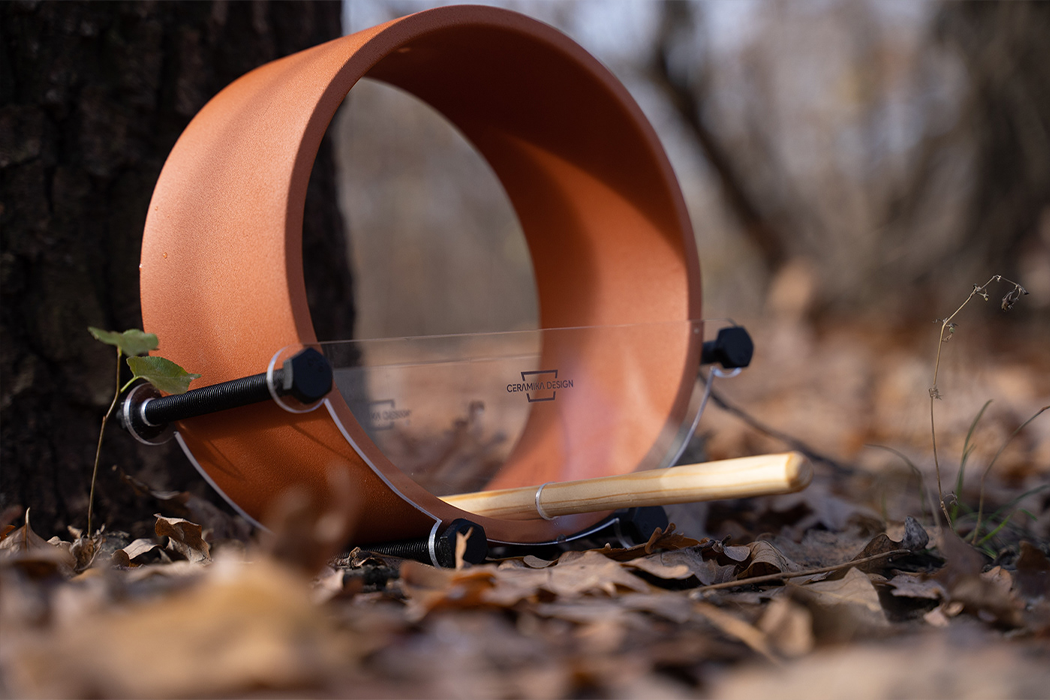
A tool used for firing clay in a kiln transforms into a minimalist bird feeder! This ceramic bird feeder doesn’t present a new solution for bird feeders but does present an approach for sustainable product manufacturing that solves a problem faced by many designers: the scrap material used during construction, like rings in clay kilns, that is discarded once the product is finished. Ceramika Design and Studio Kononenko wanted to make use of ceramic rings used when firing clay in kilns. The main element of the bird feeder is formed from ceramic – the frame and body of the bird feeder. Covering just about a quarter of the round frame is a plastic plate that functions to store plenty of food for the wild birds. Extending from the middle of the plastic plate is a wooden peg that works as a perch for birds to enjoy their seeds. “Considering that the reserves of this clay are limited, we thought about extending the life of these elements. We wanted to create a useful thing out of this. This is how a feeder for wild birds appeared,” says the team. The bird feeder is minimalistic its purpose rests not in aesthetic intricacy, but usability and sustainability. Each component of the bird feeder is replaceable on the off-chance that one is damaged so it can provide longevity.
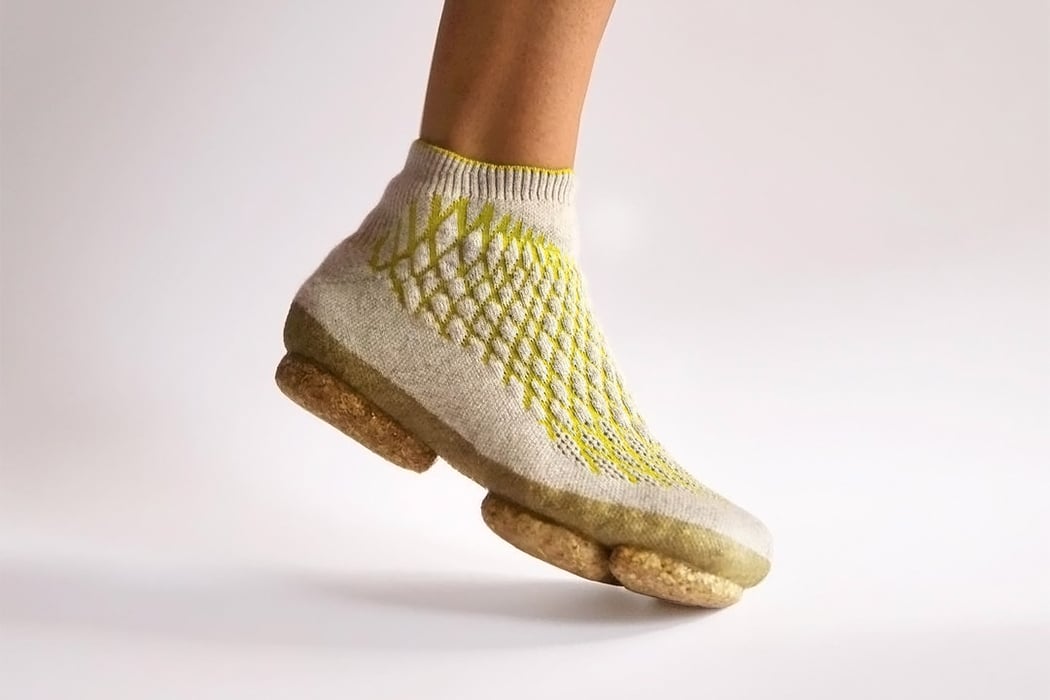

Burfeind designed Sneature which is a sustainable sneaker alternative for the eco-conscious sneakerheads. The shoe is crafted from many waste materials. The yarn made of dog hair (Chiengora) is a biological waste being upcycled – this is innovation. Sneature is biodegradable as well! The design does take into account the functional requirements of a trainer and individual customization by the user. The process uses a 3D knitting technology that allows for customization and on-demand production while using the lowest possible energy consumption method. The membrane is a protein-based 3D knit made from dog hair. It transports the functional properties of flexibility, stiffness, and air circulation with a very second-skin feel, similar to the sock sneaker style we’ve been seeing. These materials have natural properties that provide water absorption and release and anti-static properties.
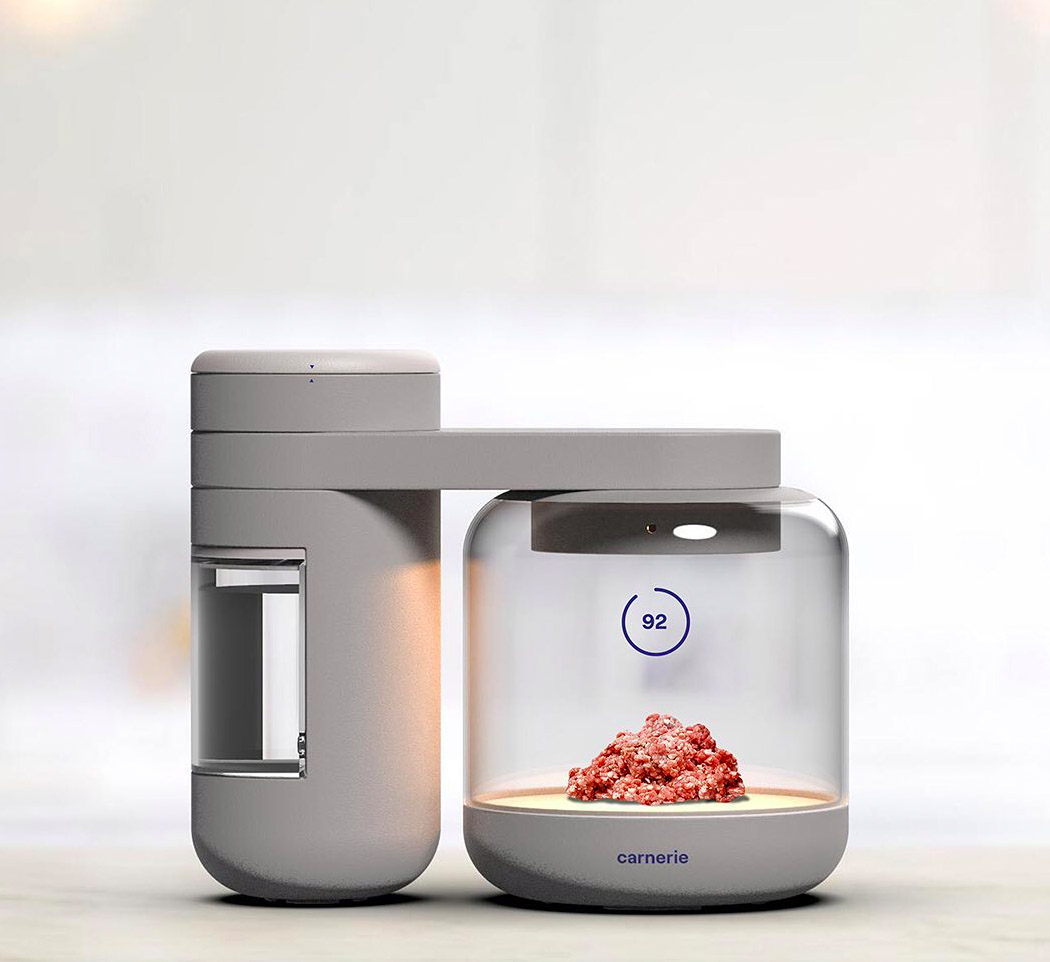
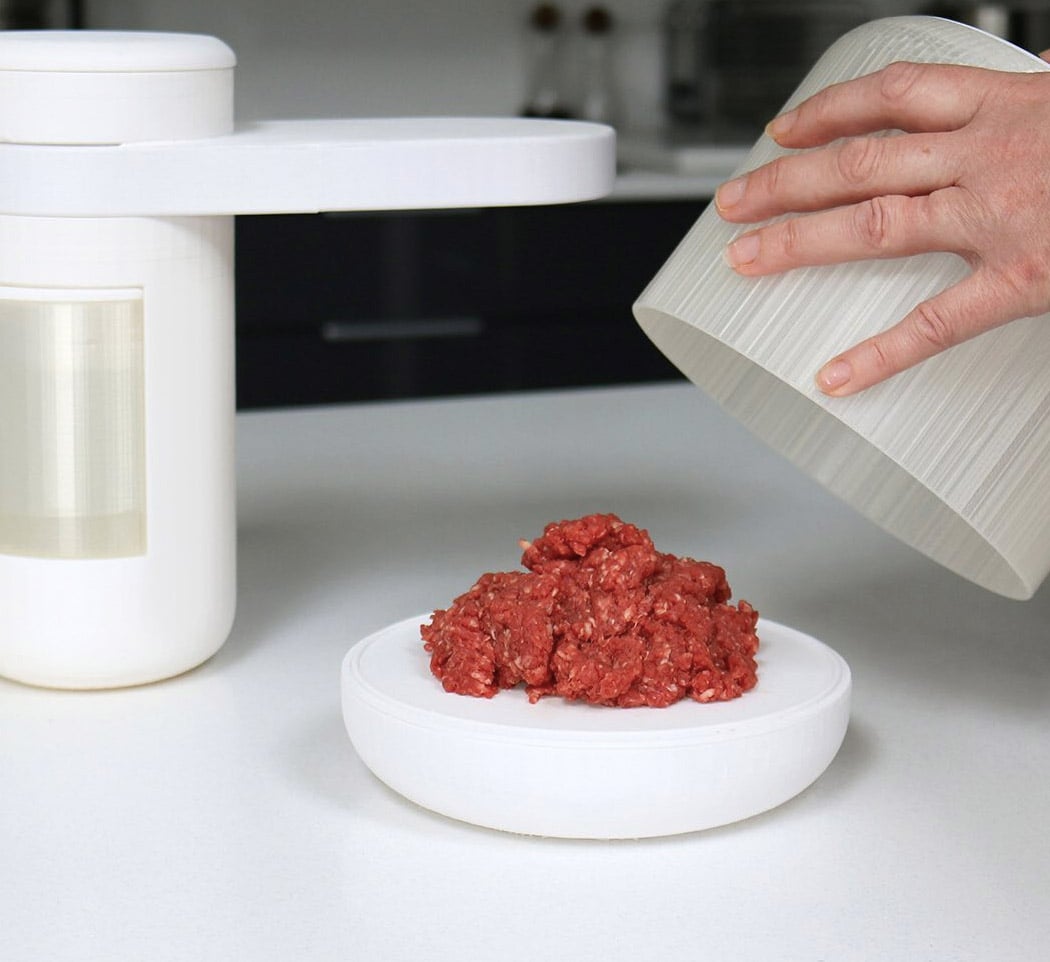
This device is designed to grow your own meat to reduce greenhouse gas emissions! FAO has proven that over 25% of the world’s land use is used for animal grazing/growing feed. In fact, 60% of global biodiversity loss and 15% of all greenhouse gas emissions are a result of meat farming and consumption. While the more sustainable option will be to switch to a plant-based diet, many are unable to make that change while still wanting to reduce emissions. To solve the inner conflict humans face as well as help the environment in the process, Turner designed Carnerie – a conceptual device that will let you grow your own meat in the future! Cultured meat is the process of growing meat from cells extracted from animals. Many experts believe that cultured meat offers us the opportunity to produce meat with significantly reduced environmental impacts and without slaughtering animals. The technology is being rapidly developed across the world and is beginning to be introduced to some high-end restaurants but there has been discussion about whether one day we may be able to grow our own meat from animal cells in our own kitchens. Carnerie is a ‘grow your own meat’ device for around twenty years in the future. It is controlled by an app, whereby the user is able to order cell capsules from local farms in order to grow a variety of different types of meat.
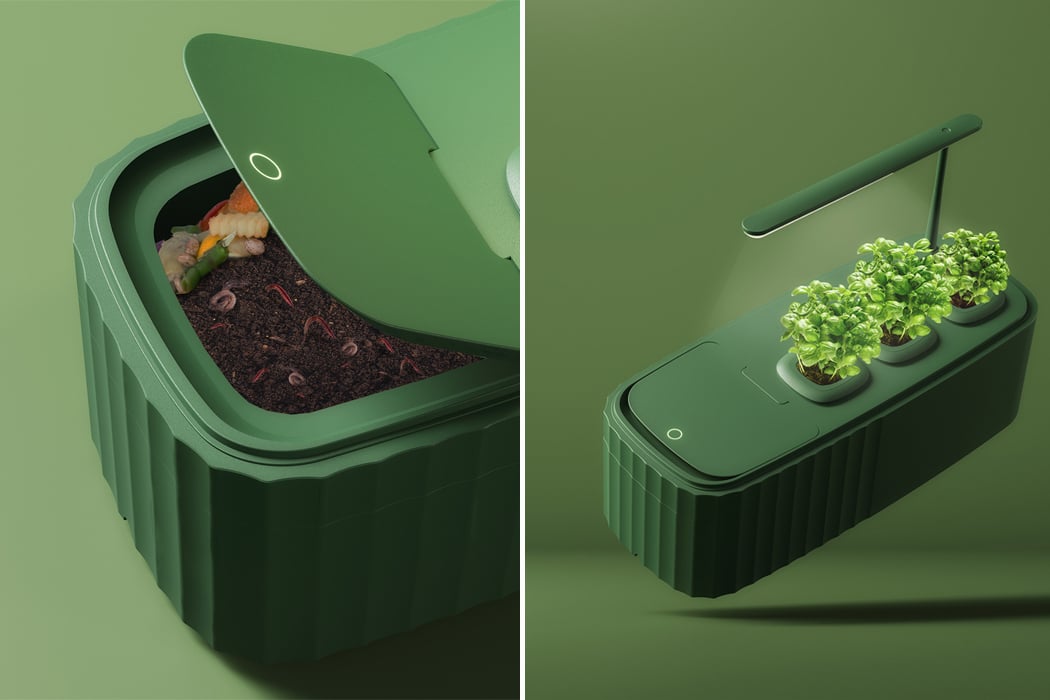
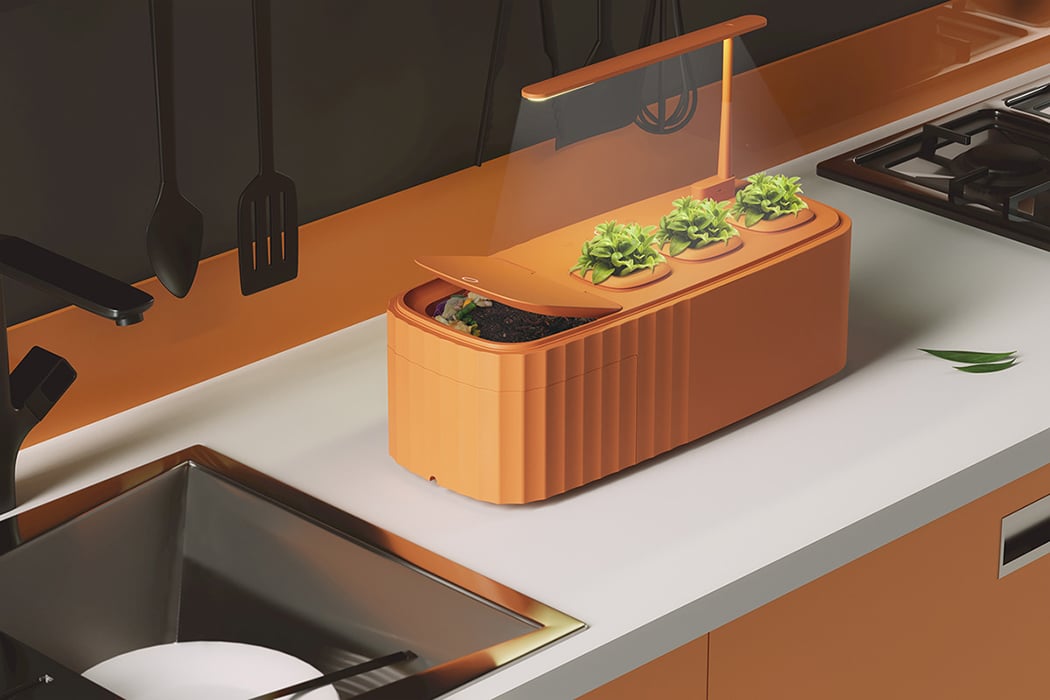
KAGURA was created by Chaozhi Lin so that environmentally conscious people can curate their very own self-sustaining indoor gardens no matter where they live. KAGURA’s system is comprised of three main working parts: a container for food waste, an elevated light structure, and three soil pots. The food waste container is located on one side of the indoor planter and turns your leftover food scraps into compost for fertilizer. Composting is a method used to decompose organic solid waste and fertilize the soil for gardening. The slim, attractive light fixture is situated directly above KAGURA’s garden pots and provides the mini garden with nourishing light-energy. The indoor, gardening system is completely self-sustaining and conveniently sized in order to fit into any kitchen or living space. The system itself works after food waste is dumped into the container on the left-hand side, fertilizing the soil contained in the trio of modestly sized pots, each of which provides energy for plants to then grow and thrive.
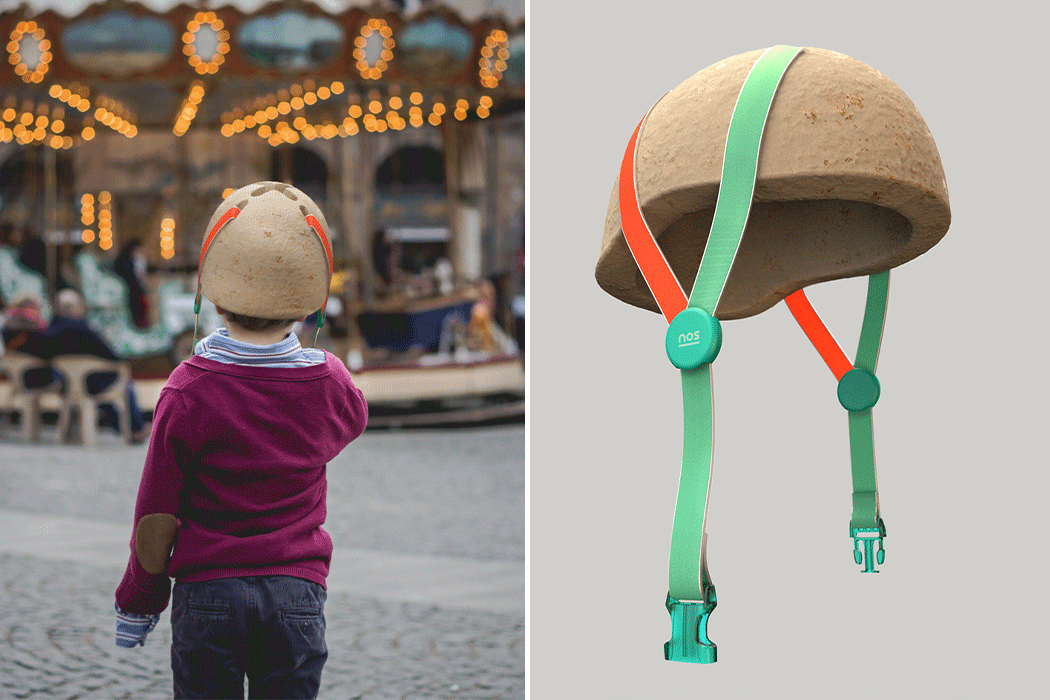
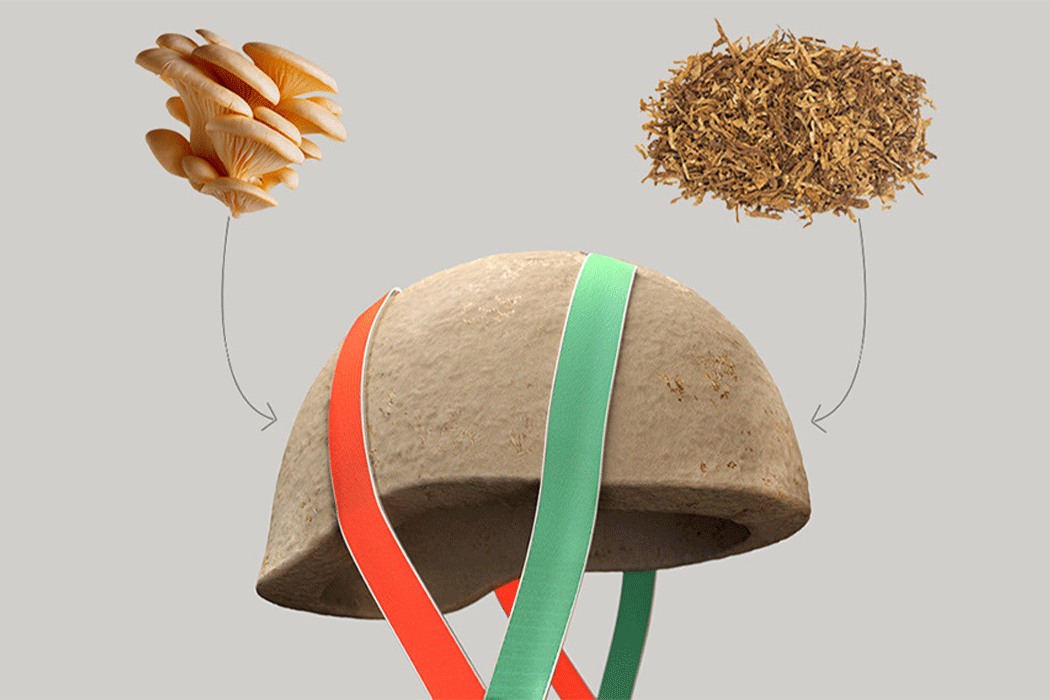
This mushroom helmet will grow on you as it grows. Yes, read this slowly and carefully: this mushroom helmet will grow on you as it grows. “What do you mean?!” you say and I assure you that statement is not wrong, there is an explanation for it. The Grow It Yourself Helmet is a sustainable product made from mycelium which is the vegetative part of a fungus. Mycelium is the thready hyphae that are tightly woven into mass branch-like networks making it a strong sustainable material. The network of filaments are natural binders and they also are self-adhesive to the surface they grow on. The entire process is based on biological elements that help in upcycling waste. The process of making this helmet also gets the kids involved in a meaningful activity that teaches them about sustainability and safety.”We have developed a helmet that can be made out of hay and Mycelium. It is 100% compostable, breathable, and impact resistant. The helmet reduces the use of plastics in a product that will be disposed of in a short time due to the child’s growth rate,” says the team at NOS Design. To further develop this design, NOS partnered with a company called Polybion which developed Fungicel (a patent that uses mycelium). This fungus grows like foam and therefore can provide cushioning at the time of impact.
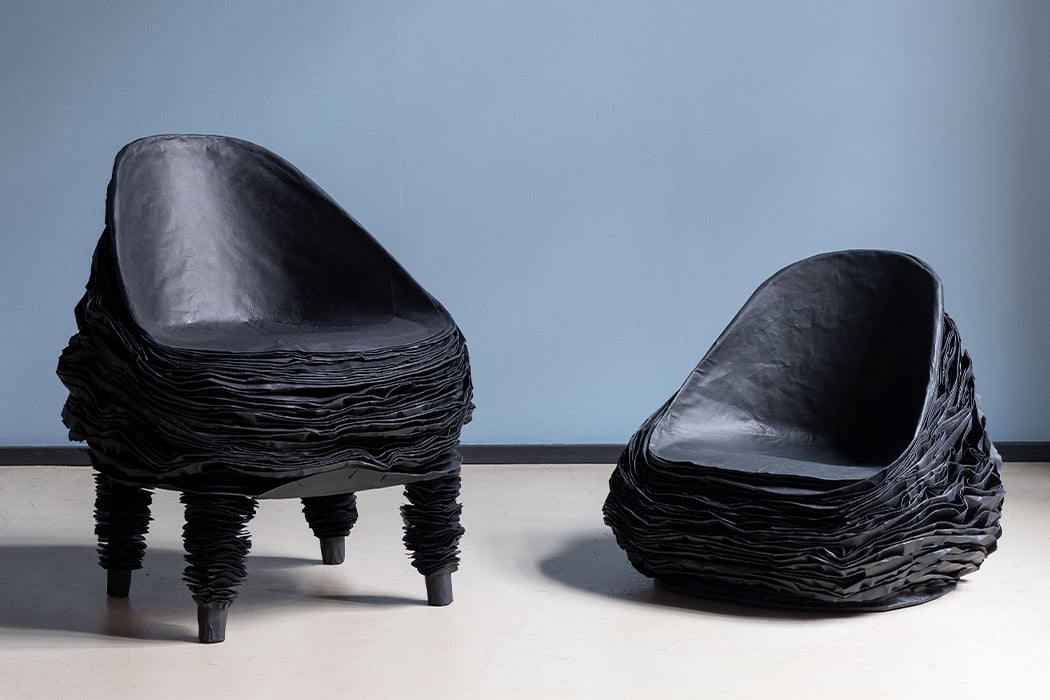
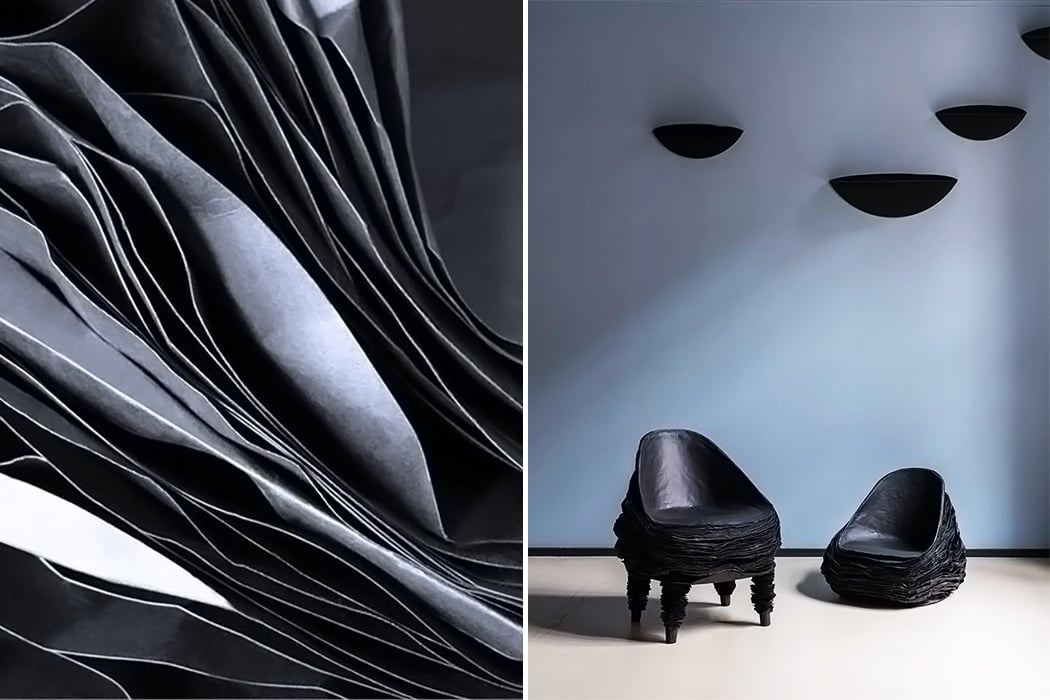
When you think of furniture, you think of pieces made using the most traditional materials. We are conditioned to associate furniture primarily with wood, plastic, and metal so when we see products made from anything else it leaves us in awe. Vadim Kibardin decided to give an innovative, sustainable twist to it and designed furniture from paper. Why is his furniture a piece of art? Well, he has spent 5,110 hours making it by hand! Every piece of furniture that Kibardin makes is one of a kind, there is no mold and he shapes them all himself. We are now moving towards a sustainable lifestyle but Kibardin has been doing this for over 25 years – he has successfully recycled 2000 pounds of cardboard which is equivalent to saving 17 trees. To put it into perspective, 17 trees absorb 250 pounds of carbon dioxide each year and we need to ramp up the materials we use in design so that they serve a functional purpose while also contributing to slowing down the climate crisis. Using sustainable construction materials like paper and turning it into furniture that is stylish, modern, and eco-conscious is the future of long-lasting interior design.
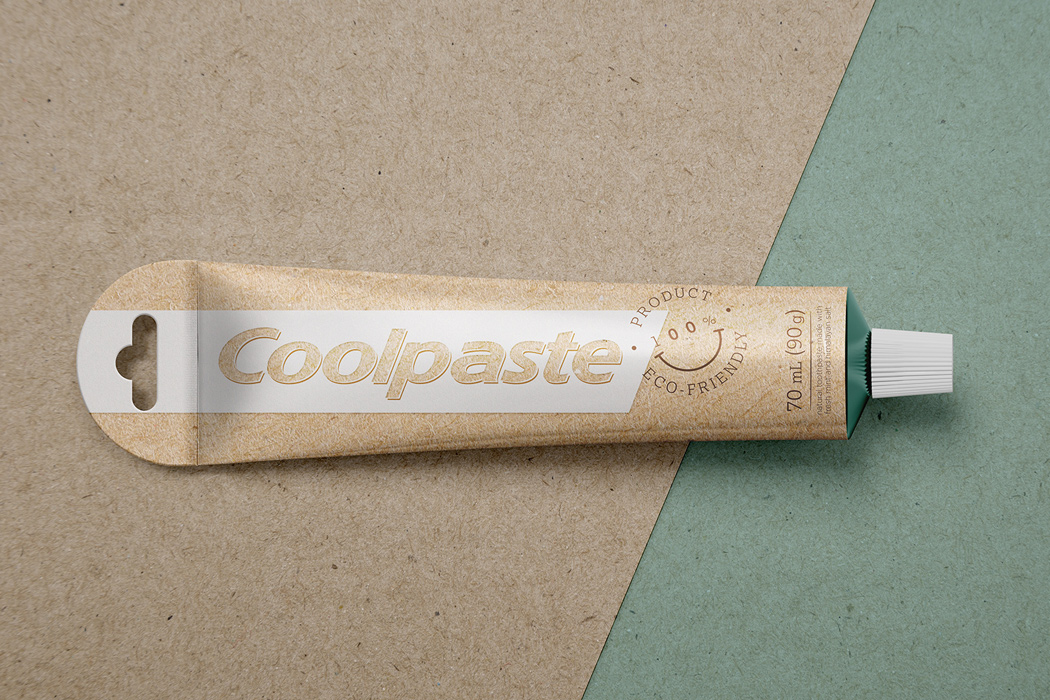
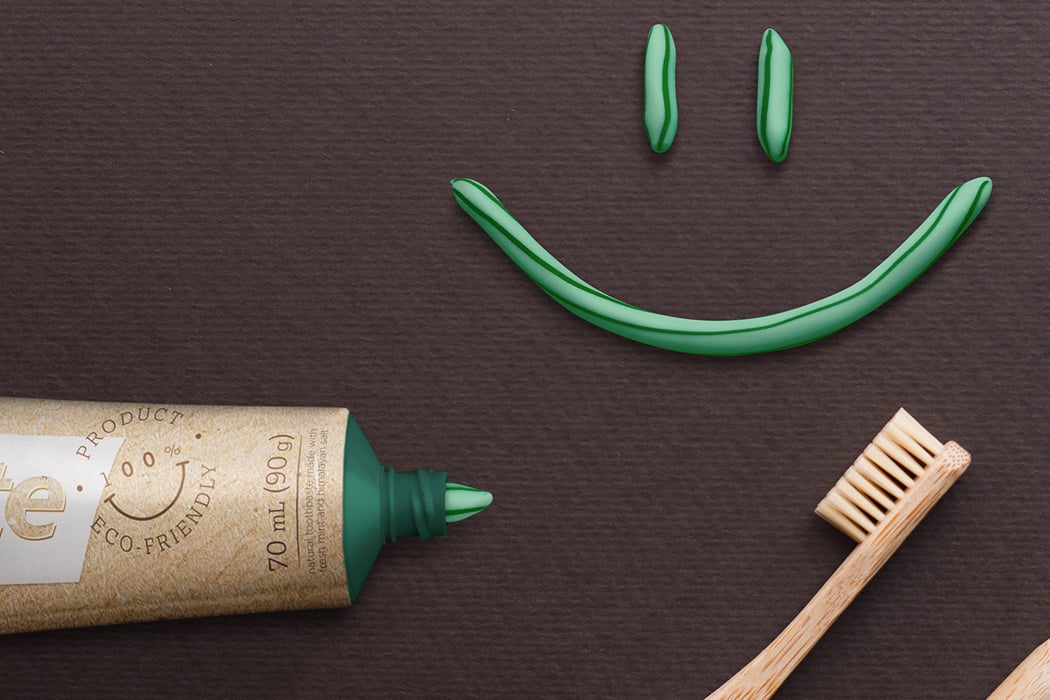
An academic project gave birth to Coolpaste – the eco-friendly alter ego of our trusty old toothpaste. The aim was to develop a sustainable packaging design for toothpaste in a way that didn’t affect their durability while being transported or stacked on shelves. For the purpose of the project, Colgate toothpaste was used as the object of study. Coolpaste not only got a physical makeover that was better for the environment, but the graphic elements of the product were also refreshed to reflect the goal of the project. The paper box was eliminated after an in-depth point-of-sale study without affecting the integrity of the toothpaste. This made the product lighter, reduced waste, and simplified branding also eliminated the chemical inks making Coolpaste a success in terms of sustainable packaging and ecodesign.
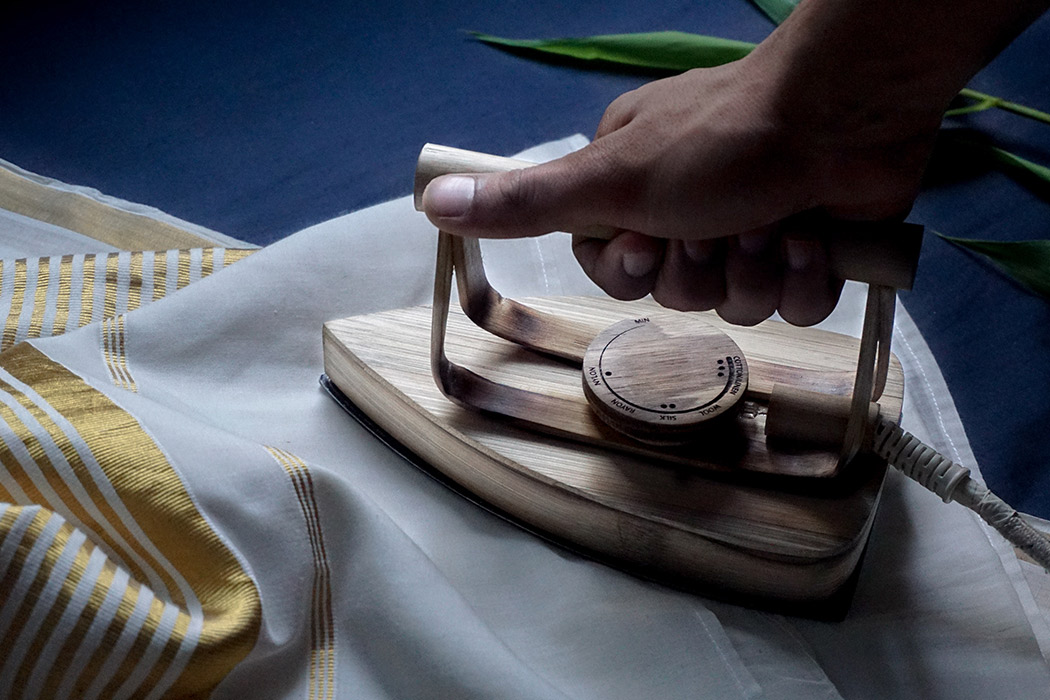
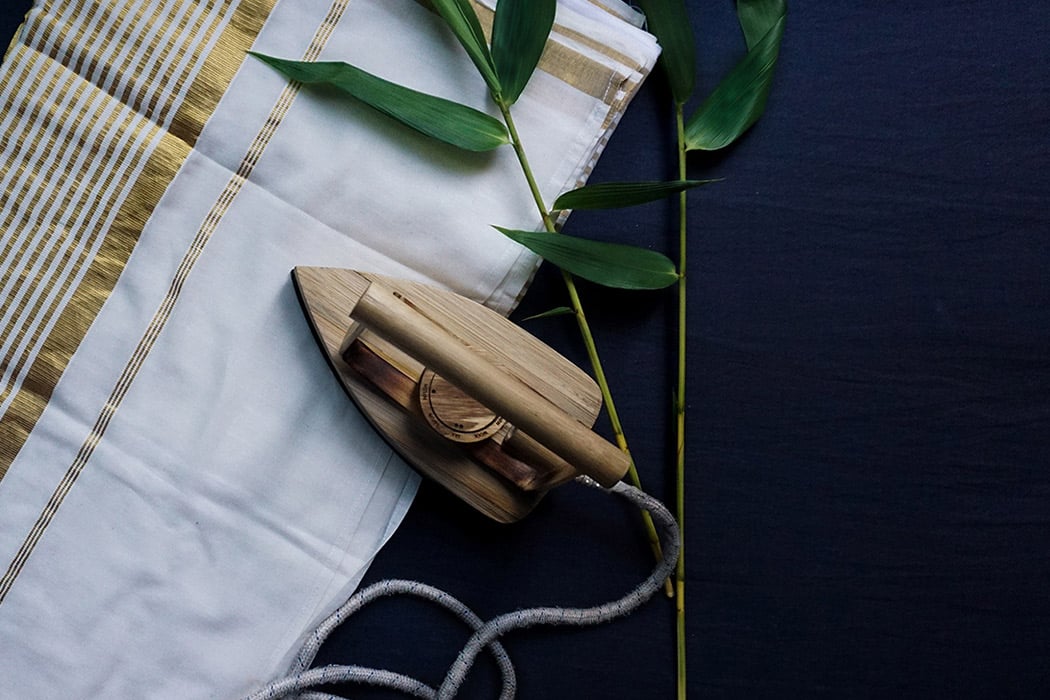
Sometimes we think we are leading sustainably by just using metal straws or paper bags, but if you carefully look at your daily life, you’ll notice there are so many products that use plastic. The best we can do is find alternatives for them and support designers, brands, businesses who are working on making the future a better place to be. One such product is the iron and Indian designer, Saksham Mahajan, who has come up with a sustainable version of it made from bamboo! The designer started the project as a challenge to explore bamboo as a material, “Its sustainability can be exploited to make so many different things”, says Saksham – and we agree! Bamboo is structured, sturdy, easy to grow, and eco-friendly, in fact, it is used to make houses in Asia so why not use it to make household items too? The bamboo iron box was selected as one of the best entries in the Green Concept Award 2019 which furthers the conversation of using this versatile material in more products.
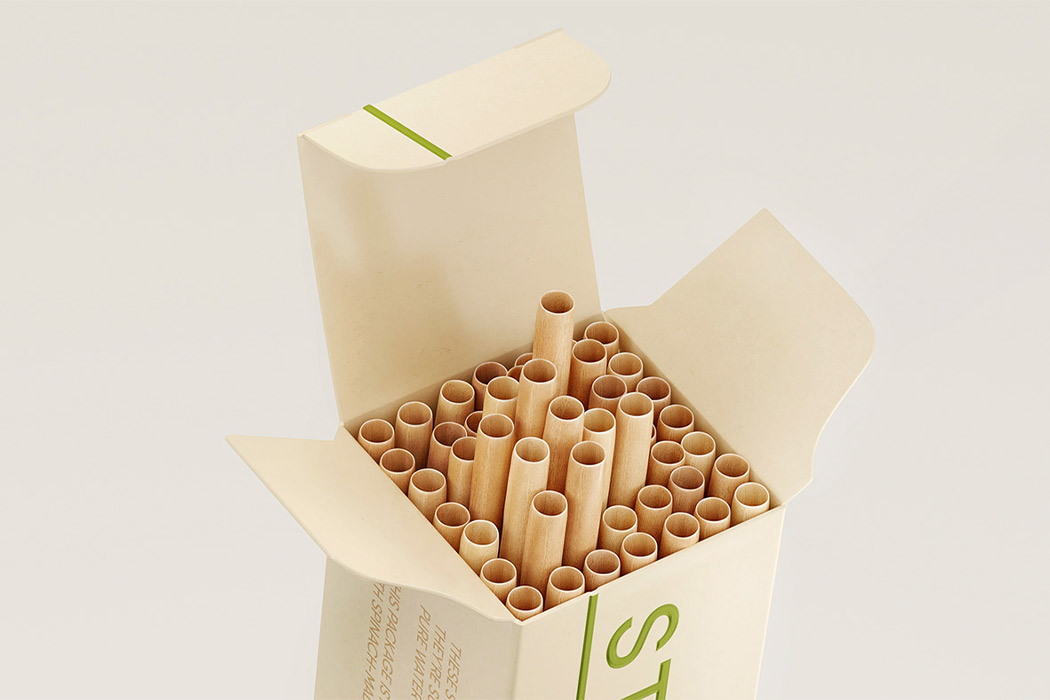
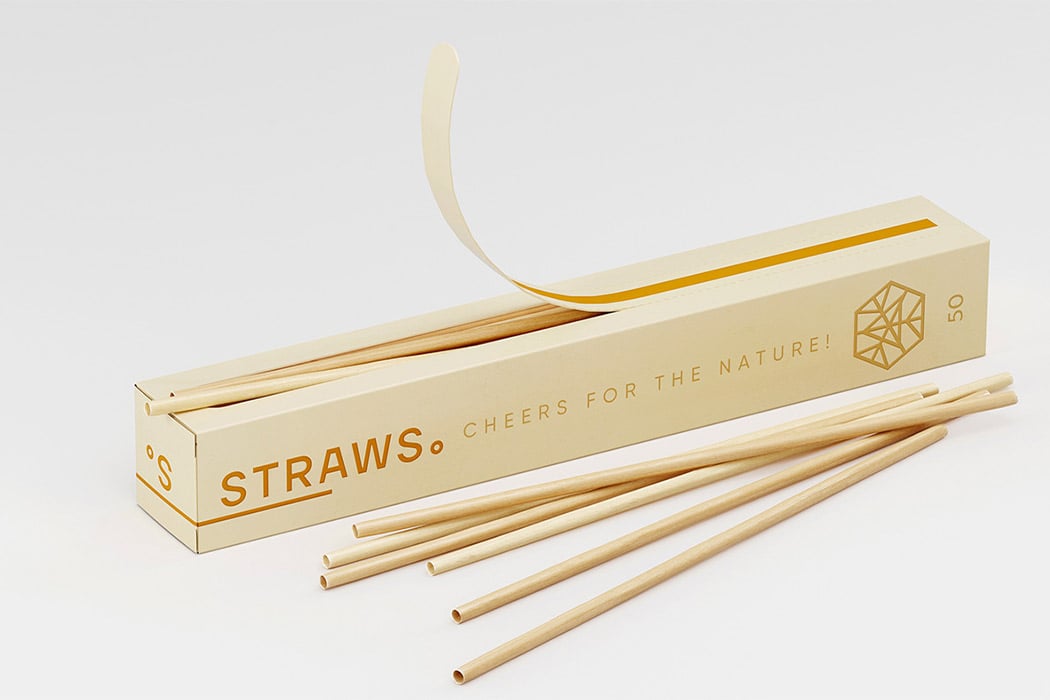
The world, as a whole, has started to care for turtles and has quickly moved on to use eco-friendly straws. The options are metal straws and paper straws. Metal straws are good for homes and for people to carry them to their office but it is an inconvenient option for eateries. So cafes and restaurants have adopted paper straws as they are easily recyclable and don’t require the effort of cleaning. However, the only problem with paper straws is that they get soggy and your drink will taste like wet paper and you might accidentally eat a bit of it – both things don’t leave a good “taste” in your mouth and can deter people from using sustainable straws. Straw Wars – sustainable products vs drinks that taste like paper, who will win? To solve this behavioral and environmental issue a Warsaw-based company has designed a better alternative straw made with dried stems! It solves the biggest problem we face with paper straws, it does not soak the liquid and it does not add any flavor to the drink – it is true. Stem straws work for both hot and cold drinks so we can make a collective effort to reduce the impact of plastic straws on the environment. The USA alone uses 500 million straws daily so you can imagine what the total global usage would be. According to the One Less Straw fund, every year, as a result of swallowing pieces of plastic debris, 100,000 marine animals and about a million seabirds are die. This is why we need to make the switch to sustainable straws, so if you keep losing your metal straw then get a pack of STRAWS which has 50 stem straws and comes in 100% recycled cardboard packaging.













